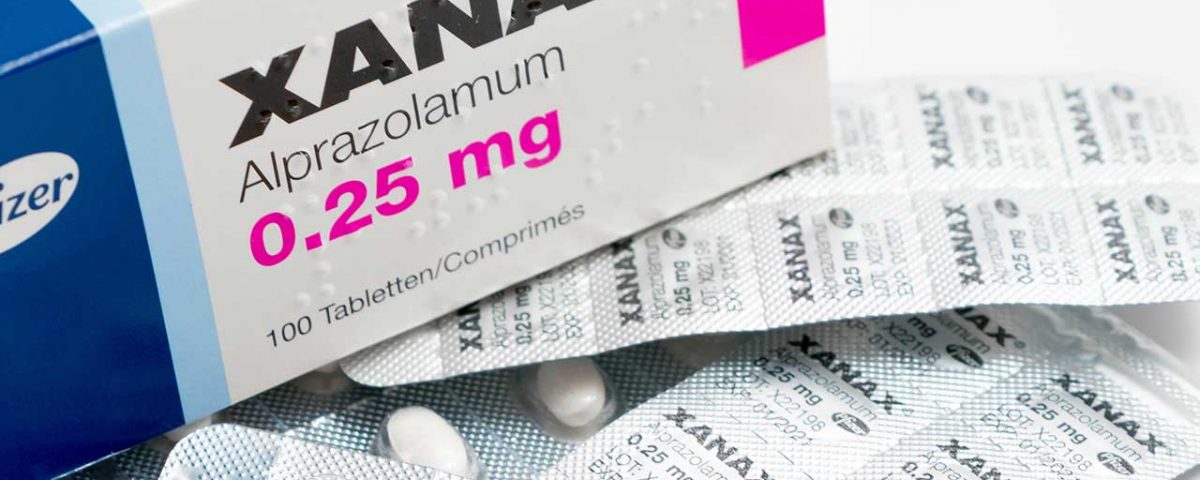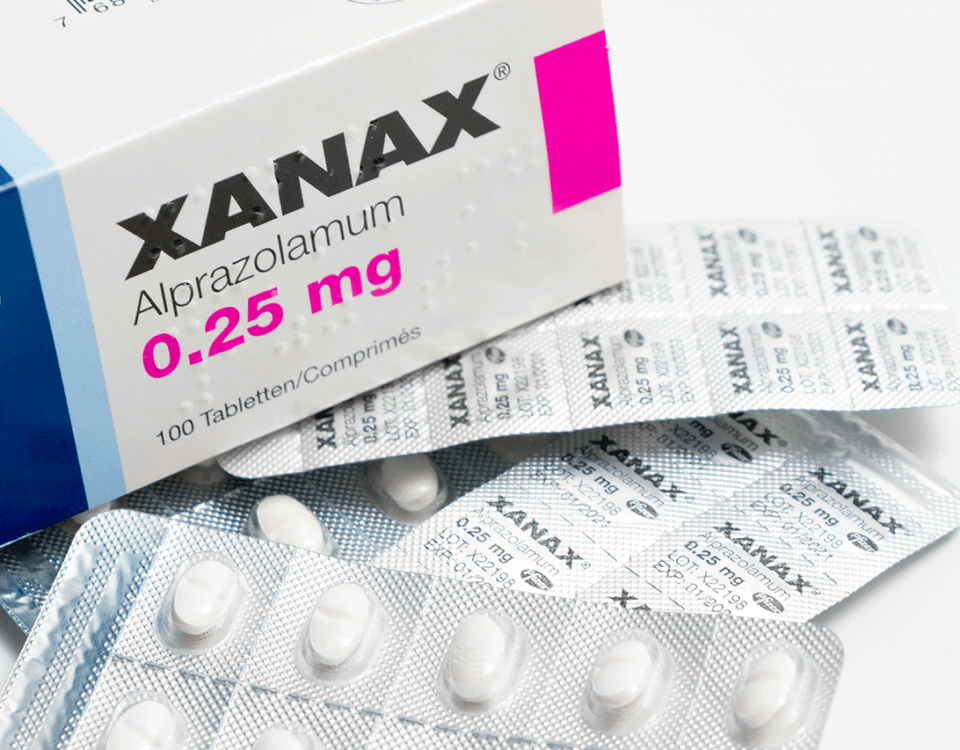Understanding the complexities of medication and its impact on our bodies is critical for making educated decisions and using medications responsibly. The frequently prescribed benzodiazepine known as Xanax stands out among the treatments for anxiety and panic disorders. An example of an important question worth asking is, "How long does Xanax stay in your system?". Banyan Treatment Centers Philadelphia explores the elements that affect Xanax's presence in the body, the numerous drug testing techniques used to identify it, and the significance of seeing a professional for a secure and productive road toward wellness.
Why Does Xanax Show Up on a Drug Test?
Because Xanax, also known as alprazolam, is a benzodiazepine drug, it will show up on a drug test. Anxiety, panic disorders, and other conditions are frequently treated with benzodiazepines, a group of psychotropic drugs. When Xanax is taken, it interacts with the brain's gamma-aminobutyric acid (GABA) receptors to have a calming and sedative effect.
The purpose of a drug test, whether it be a urine, blood, or hair test, is to determine whether the body contains a certain substance or one of its metabolites. During metabolism, the liver breaks down Xanax into a number of metabolites, much like it does with other medications. These metabolites can be identified and located throughout the drug testing process, indicating recent Xanax use.
For a variety of reasons, detecting Xanax on a drug test is critical. Employers can use drug tests to guarantee a secure and drug-free workplace. For medical experts, finding Xanax in a drug test might be essential for figuring out possible drug combinations or spotting cases of non-compliance with prescribed medicine. Overall, Xanax drug testing is a useful tool for upholding public safety and responsible prescription drug use.
How Long Can Xanax be Detected in Blood, Hair, Saliva, and Urine?
The time it takes for half of a drug to be cleared from the body is known as the half-life, and it is the main factor affecting Xanax's persistence in the body. The half-life of Xanax is approximately 11 hours, which is quite brief. Accordingly, half of the amount that was supplied is digested and eliminated from the body after 11 hours. However, it could take more than one Xanax half-life for the drug to be completely gone. It's important to note that this average value can vary considerably; the half-life of Alprazolam (Xanax) ranges from about 6-27 hours. This variation can depend on several factors, including the individual's metabolism and body composition. For instance, in obese patients, the elimination half-life can sometimes be extended, indicating that the body takes longer to clear the drug. Understanding these variations can help in better anticipating how long Xanax may affect the body in different people.
Factors that affect Xanax clearance include:
Metabolism: Each person has a different metabolic rate, which can affect how fast or slowly Xanax is broken down and eliminated from the body. Factors such as individual height, weight, and body fat content can further influence these metabolic differences.
Dosage and frequency: Taking Xanax at higher doses or more frequently may keep it in the body longer. The duration of usage also plays a critical role; prolonged use can alter the body's ability to process and eliminate the drug efficiently.
Age and health: These can both have an impact on how quickly and effectively their body metabolizes and excretes drugs. Particularly, the health of the liver and kidneys, which are vital organs in the metabolism and excretion of drugs, can significantly affect the clearance rate of Xanax.
Liver function: Since the liver is where Xanax is processed, any impairment in liver function may affect medication clearance. The efficiency of this organ is crucial in determining the rate at which Xanax is metabolized.
Interactions with other drugs: Xanax may interact or be affected metabolically by other drugs or chemicals, which could prolong its time in the body. The presence of other substances can inhibit or accelerate the metabolic processes involved in breaking down Xanax.
As a result of the drug's short half-life, it can be detected on drug tests for a specific period of time. But exactly how long does Xanax stay in your system, and for how long is it detectable?
Detection windows for Xanax in drug tests include:
- Urine test: Up to 5 days after the last dose.
- Blood test: Approximately 1 to 6 days.
- Hair test: The drug, like many other substances, can be detected for several months via hair follicles.
A healthcare expert should always be consulted for tailored guidance on the proper use of Xanax and its potential interactions with other drugs or substances because individual reactions to Xanax and drug clearance rates can differ greatly.
Benzo Addiction Treatment at Our Philadelphia Drug Rehab
If you or a loved one has grown dependent on drugs like Xanax, it is important to seek out the proper resources that can safely and effectively manage the situation. We offer benzodiazepine-specific care amongst our Philadelphia substance abuse programs, ensuring that anyone addicted to these dangerous drugs can get the help they need to overcome this challenge. Patients at our drug rehab in Langhorne, PA, can also utilize our variety of therapy programs designed to give them a safe and supportive space to explore the mental factors of their addiction.
Call Banyan Philadelphia at 888-280-4763 to learn more about the treatment options that we offer for addiction recovery and how they can help you or your loved one achieve sobriety.
Related Reading









